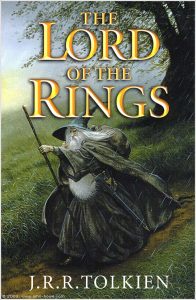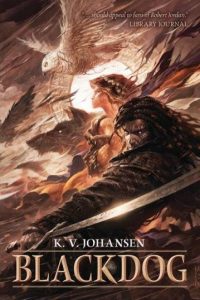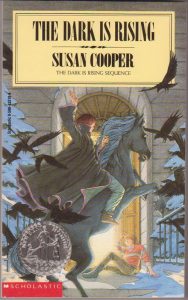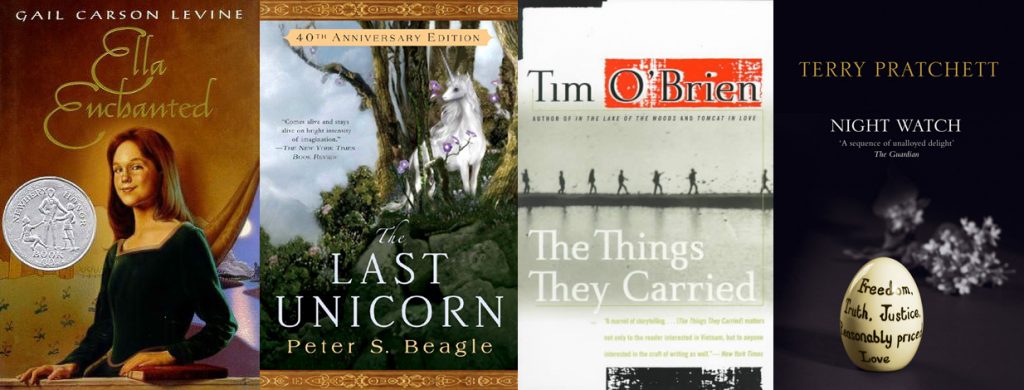 I’ve decided to stop reviewing novels on this blog—the reviews aren’t necessarily helpful for writers. Instead, as I read well-crafted and artful fiction, I’ll excerpt passages or highlight techniques I find particularly skillful, beautiful, or useful.
I’ve decided to stop reviewing novels on this blog—the reviews aren’t necessarily helpful for writers. Instead, as I read well-crafted and artful fiction, I’ll excerpt passages or highlight techniques I find particularly skillful, beautiful, or useful.
I’ll start this new series, Comments on Craft, with a book my son recently asked me to read to him, even though he’s two years old and it doesn’t have many illustrations. He even sat still through two thirds of the first chapter!
I mention The Last Unicorn by Peter S. Beagle a lot, but I refuse to apologize for the repetition. It has many facets worth emulating, but today I’ll highlight a paragraph from page 1, when Beagle is introducing his unicorn and setting her up as an awe-inspiring and otherworldly entity.
She did not look anything like a horned horse, as unicorns are often pictured, being smaller and cloven-hoofed, and possessing that oldest, wildest grace that horses have never had, that deer have only in a shy, thin imitation and goats in dancing mockery. […] She had pointed ears and thin legs, with feathers of white hair at the ankles; and the long horn above her eyes shone and shivered with its own seashell light even in the deepest midnight. She had killed dragons with it, and healed a king whose poisoned wound would not close, and knocked down ripe chestnuts for bear cubs.
After I read that last line, my son said, “That so nice!” He zeroed in on the part he understood: giving food to baby animals. This final line in the paragraph does more than list things the unicorn does: it both elevates caring for less-capable creatures to the same level as dragon slaying and gives a fairytale texture to the novel. New writers sometimes have a hard time making things feel epic or awe-inspiring and try to accomplish that goal by using grandiose, overly extravagant descriptions. Beagle gives his unicorn’s story an awe-filled tone in many ways, but one is right here. He gives her depth and breadth. By showing grand events like a mythical healing next to an everyday one, it keeps the description from becoming overblown, cliché, or monotonous (a grand tone gets boring if it encounters no variety). Also the fact that, for a unicorn, these three tasks all belong together makes the unicorn seem other-than-human, which she is!
Comments on Craft is a growing collection of examples of artful and well-constructed writing and storytelling and a discussion of why they work.












